Sustainability
When innovating for a smarter, safer world, we have long-term sustainability in our minds. Our products and solutions are developed with a long-term, reliable, and sustainable mindset.
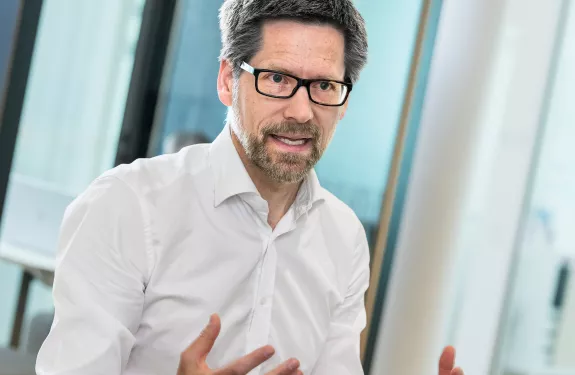

Axis Sustainability Report 2023
1
minutes read
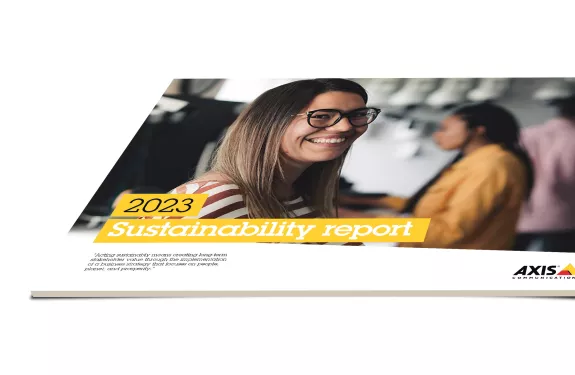
Axis has ambitious CO₂e reduction targets validated by the Science Based Targets initiative
4
minutes read
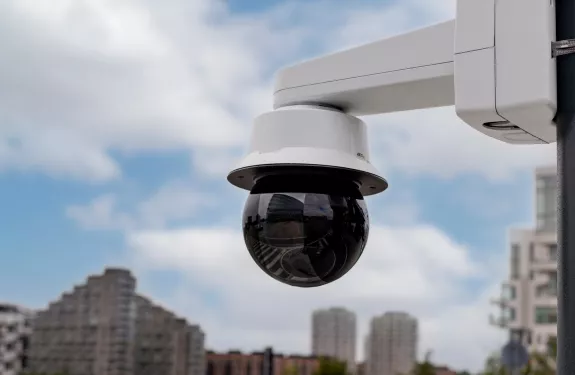
A new generation of power efficient cameras
6
minutes read
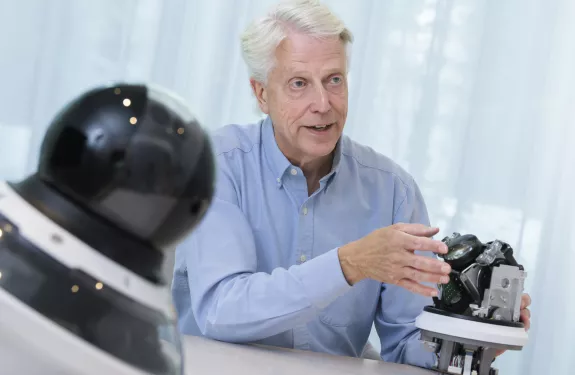
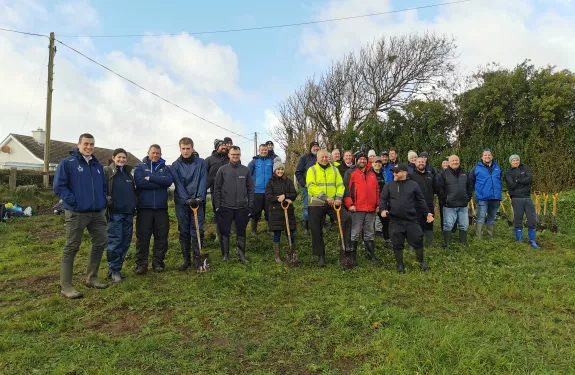
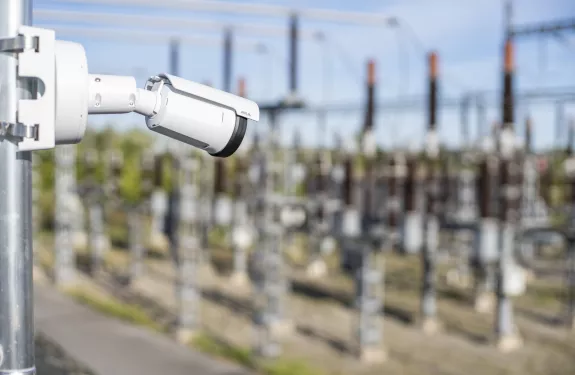


Green Design for a more sustainable world
7
minutes read
